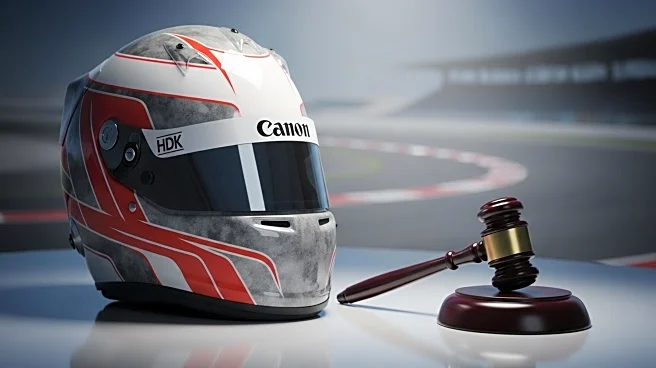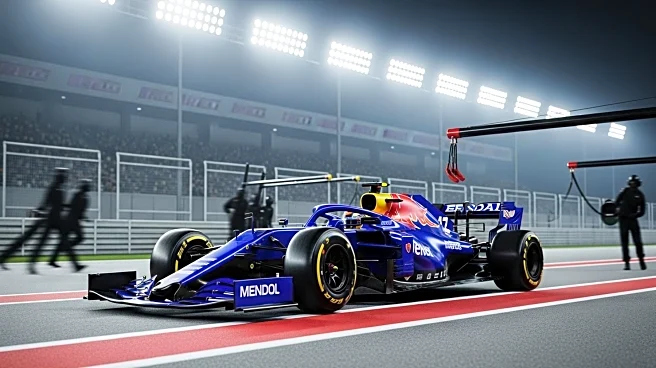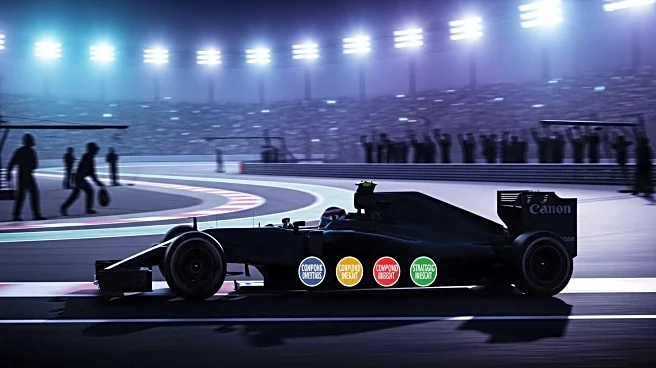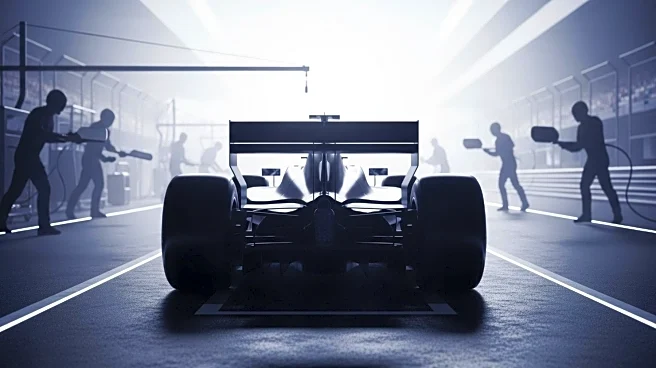What's Happening?
Oliver Bearman, a driver for Haas in Formula 1, received a 10-second penalty during the Italian Grand Prix for an incident involving Carlos Sainz. The penalty was issued after Bearman's car collided with Sainz's vehicle at the Roggia chicane, causing both cars to spin. Despite both drivers continuing the race, Bearman finished outside the points, placing 12th behind Sainz. The stewards determined Bearman was predominantly at fault for the collision, as Sainz had earned the right to the racing line. This penalty added two points to Bearman's license, bringing his total to 10 points within a rolling 12-month period. If Bearman accumulates 12 points, he will face a race ban, a situation he must avoid until November 1.
Why It's Important?
The penalty and potential race ban for Oliver Bearman highlight the strict regulations and consequences in Formula 1 racing. Accumulating penalty points can significantly impact a driver's career, as a race ban would prevent participation in future events, affecting team standings and individual performance. This situation underscores the importance of adherence to racing rules and the impact of penalties on team strategies and driver reputations. Bearman's case serves as a reminder of the competitive and high-stakes nature of Formula 1, where even minor infractions can lead to severe repercussions.
What's Next?
Oliver Bearman must avoid further penalties to prevent reaching the 12-point threshold that would result in a race ban. This requires careful driving and strategic decisions in upcoming races. The Haas team may need to reassess their strategies to support Bearman in maintaining a clean record. Other teams and drivers will likely monitor Bearman's situation closely, as it could influence race dynamics and competition. The stewards will continue to enforce regulations strictly, ensuring fair play and safety in the sport.
Beyond the Headlines
Bearman's situation may prompt discussions on the effectiveness and fairness of the penalty point system in Formula 1. It raises questions about the balance between maintaining discipline and allowing competitive racing. The incident could lead to debates on whether the current system adequately addresses driver behavior and safety concerns. Additionally, it may influence how teams train and prepare drivers to navigate complex race scenarios without incurring penalties.











